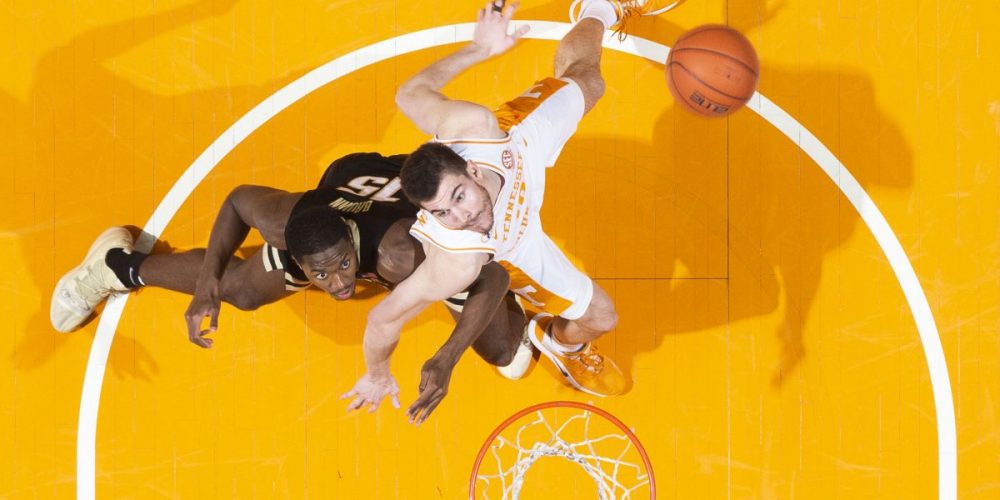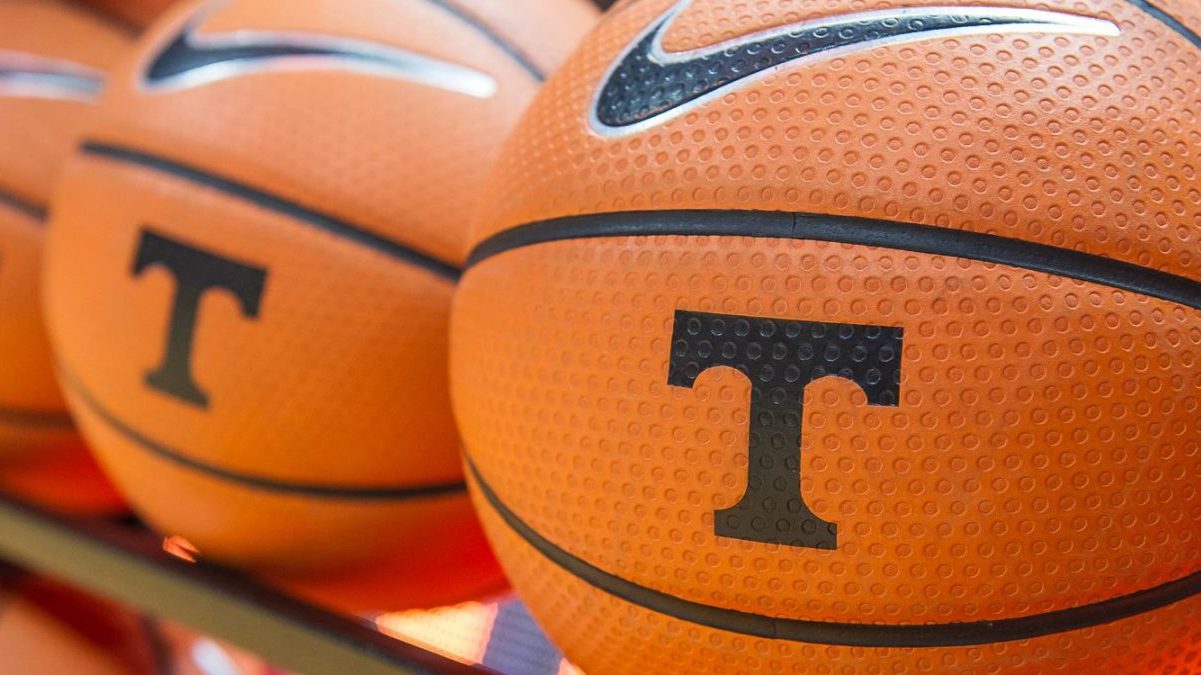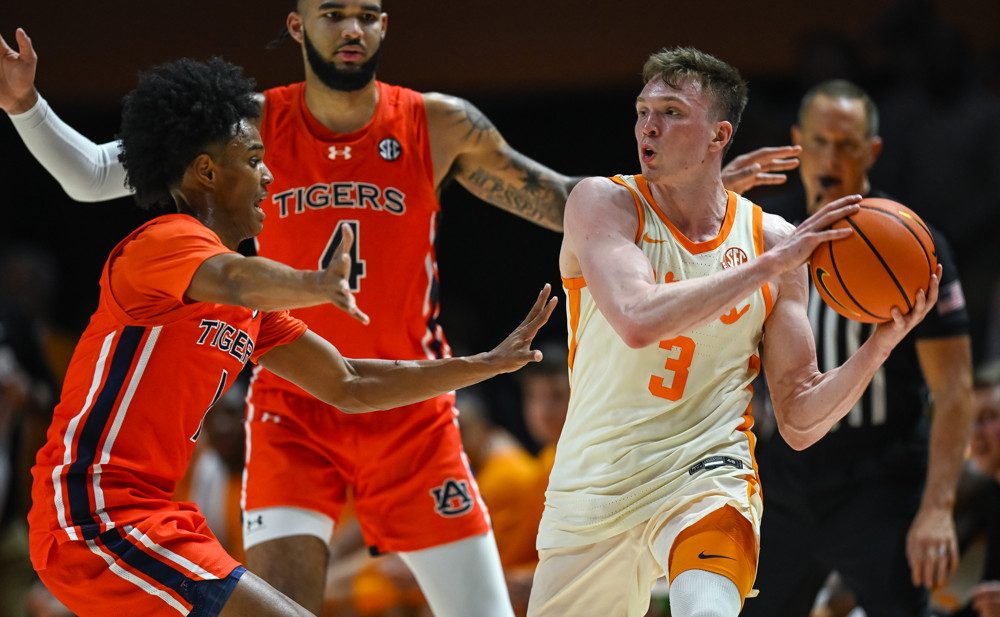Here’s a look at how the teams that took it to the Vols this season rank in KenPom’s various advanced metrics. We looked at this in hopes of discovering what, if anything, those teams have in common so we can be on the lookout for NCAA Tournament opponents that might present the most trouble for Tennessee.
Key takeaways:
- The things that seem to give the Vols the most trouble are opponents’ overall offensive efficiency and offensive rebounding.
- Things that also matter to some degree include free throw rate, overall defensive efficiency, and defensive effective field goal percentage.
- Tempo, turnover percentage, effective field goal percentage (oddly enough), defensive turnovers, defensive rebounding, and defensive free throw rate don’t seem to matter much at all.
- Oregon State fits the mold in the most-important categories of overall offensive and defensive efficiency and offensive rebounding, but only barely. Basically, in the things matter, the Beavers’ profile looks a lot like the one or two worst losses on Tennessee’s resume.
Details below.
Overall Efficiency, Tempo
What matters (a lot): Overall offensive efficiency, as every team that Tennessee has lost to, with the exception of Ole Miss, has ranked in the Top 100. Five of seven of them were in the Top 50.
What matters (some): Overall defensive efficiency, as most of Tennessee’s prior losses have come against teams that are in the Top 40. But two of those losses came against teams that were just outside the Top 100.
What doesn’t matter: Tempo seems to have no bearing on whether a team poses a threat to the Vols.
What it means against Oregon State: The Beavers fit the mold in overall offensive efficiency and overall defensive efficiency, although on defense, they are closer to not making the cut than feeling comfortable there.
Offense
What matters (a lot): Offensive rebounding. Almost all of the teams that have beaten Tennessee have ranked in the Top 100 in offensive rebounding. Only Missouri was outside that range.
What matters (some): Free throw rate. This may be questionable, but it seems like the teams that have beaten the Vols are either good or at least decent at getting to the free throw line. The notable exception, of course, is Alabama, who doesn’t need free throws to beat you twice.
What doesn’t matter: Turnover percentage and effective field goal percentage. Those things are, of course, important, but just because an opponent doesn’t have them as part of its identity doesn’t mean they’re not a threat.
What it means against Oregon State: Offensive rebounding is worth a lot against the Vols, and thanks to Missouri, the Beavers aren’t outside the danger range. But they are close enough to the bottom that it’s not a five-alarm fire.
Free throw rate could be problematic, but as we discovered in yesterday’s Four Factors Forecast, any trouble the Beavers cause there, they tend to give back with interest on the other end.
Defense
What matters (maybe): Defensive effective field goal percentage. A team’s ability to negatively impact their opponent’s shooting percentage seems to matter to a degree for the Vols. Most of the teams that have beaten Tennessee fell within Top 107 range and half of them were in the Top 60.
The other defensive categories — turnovers, rebounding, and free throw rate — don’t seem to matter much at all.
What it means against Oregon State: In the only defensive category that seems to bother the Vols, the Beavers are fairly significantly outside the bottom of the range of those teams that have given Tennessee losses.



